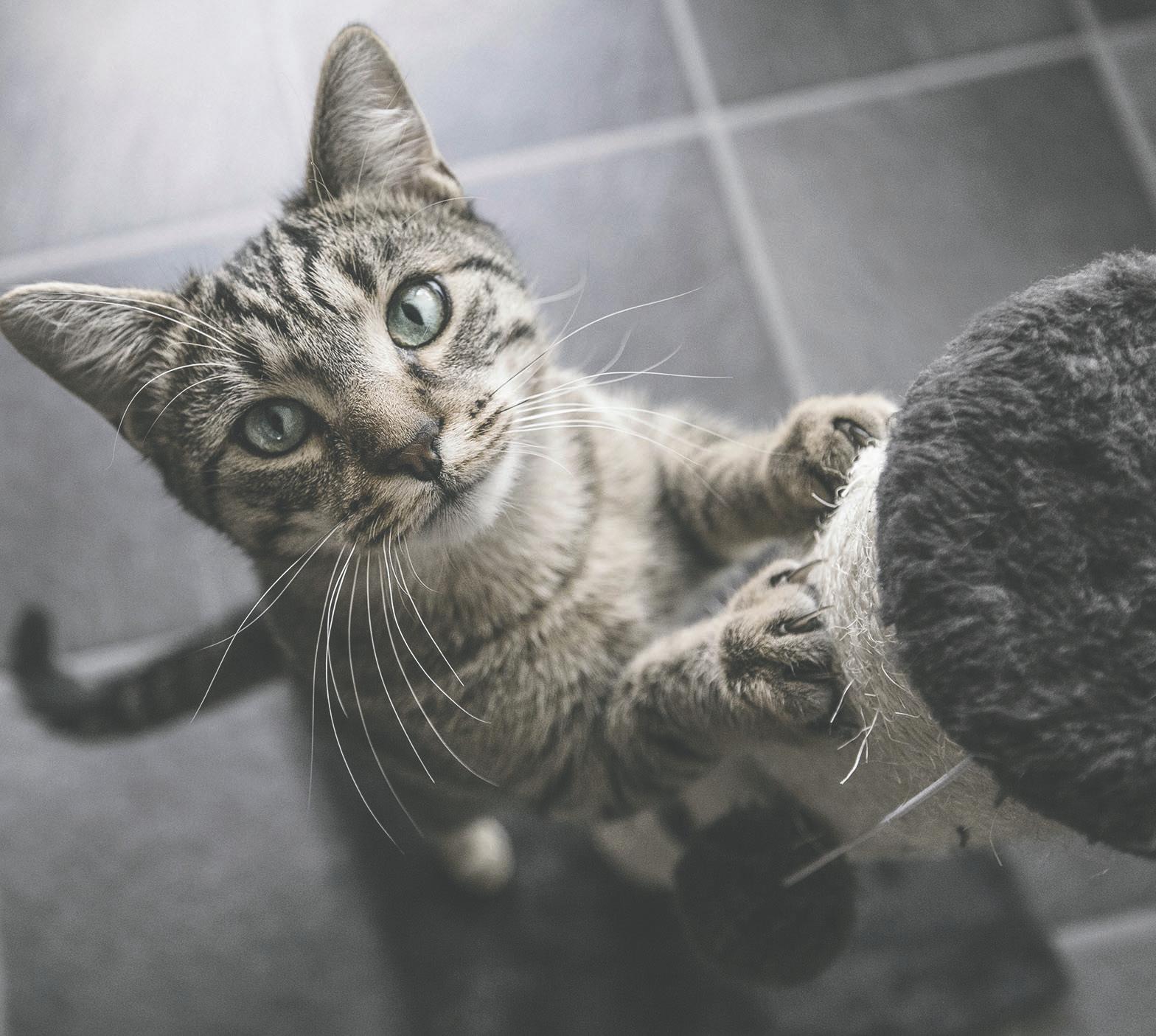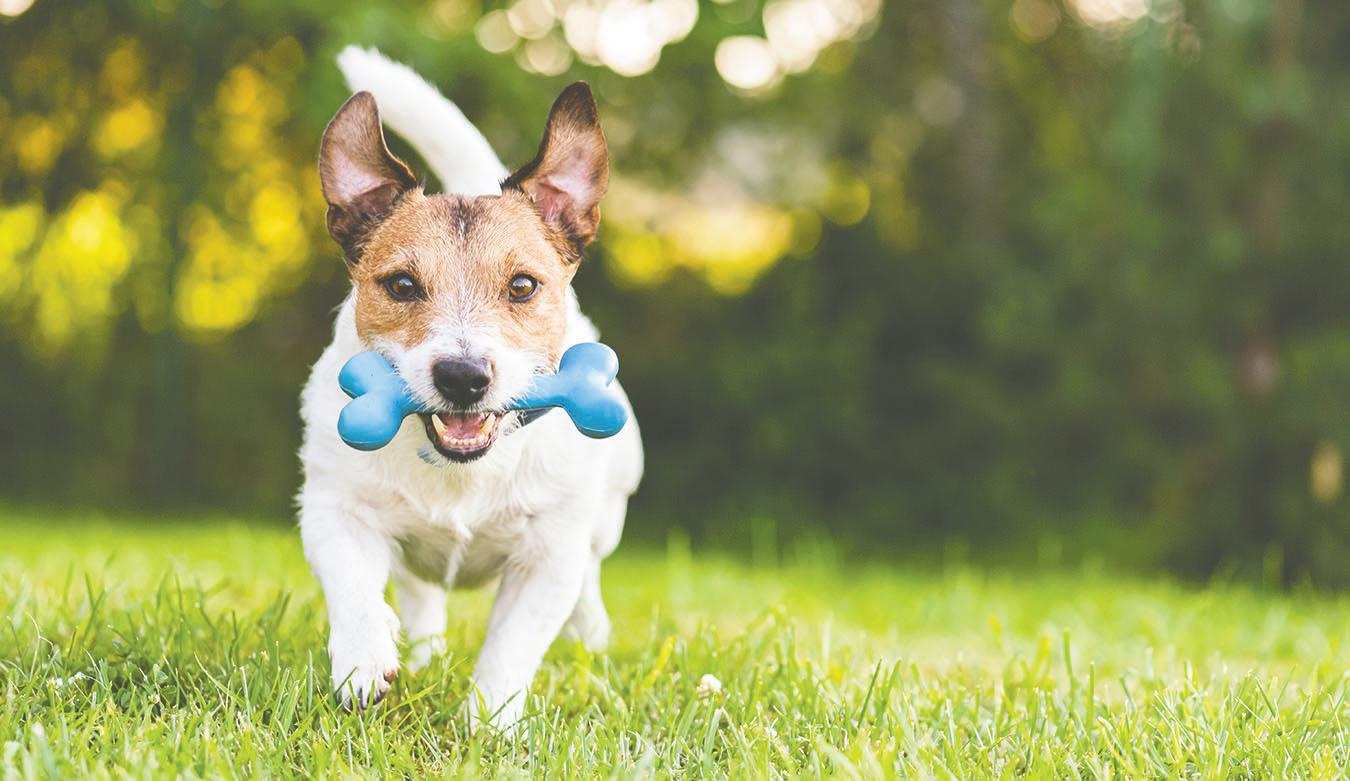
4 minute read
When things get messy
All About Pets
Wednesday, March 17, 2021 |
The Berkshire Eagle | BerkshireEagle.com
14
Addressing backyard pet waste
Various products and strategies can help pet owners neatly and safely remove pet waste from their yards
Pets benefi t households in myriad ways. The Animal Health Foundation notes that being around pets can decrease cortisol levels — a hormone activated by stress. Pets also may inspire their owners to engage in physical activity, such as walks around the neighborhood or play sessions in the backyard, and a physically active lifestyle can reduce a person's risk for various diseases.
To reap the rewards of a pet, owners must be willing to put in the effort to care for companion animals. This includes those tasks that can be unsavory, such as cleaning up pet waste. Not only is pet waste messy, if left out and about it can be an eyesore, a health risk and affect the quality of the soil in one's yard.
Regular removal of pet waste benefi ts the environment as well as pets and their owners. There are a variety of solutions that can help people rid their lawns of pet waste.
Put it in the trash.
If allowed, placing waste in a trash receptacle is an option. However, certain areas of the country do not allow feces disposal in landfi lls. Bacteria found in animal excrement also can leach into the environment if not handled properly.
Flush it.
Another solution is to fl ush waste down the toilet. But that is not always convenient and it requires owners to bring waste indoors. Do not fl ush cat waste that is covered in litter.
Utilize a sewer line attachment.
This disposal system is connected directly to a septic tank or sewer line. It will require washing out debris and waste that gets stuck in the plumbing.
Use an enzymatic dog waste dissolver.
Soaking waste and using an enzymatic product can dissolve it more safely than using lime or another chemical. It can be used out in the open, or applied to waste stored in a receptacle.
Create a septicstyle composter.
Some people create a mini septic station in their yards in which the waste can break down and then dissolve into a predetermined corner of the property, away from where it can affect the landscape.
Use a hose and water.
Solid waste is not the only concern in the yard. Concentrated urine may contain high levels of nitrogen as well as salts and other compounds, according to The Spruce: Pets. These components alter the pH of the soil and cause patches of grass to die and turn yellow or brown. Females cause more damage because they squat and make a puddle of urine, while males tend to lift their legs and disperse the spray. Washing down areas where pets urinate can help dilute the urine and prevent damage.

METRO CREATIVE CONNECTION
Preventing pet-related damage to the house
Pets can create a mess around the house, but certain strategies can help keep the destruction to a minimum
While there are many positive attributes to pets, one potential concern is the impact they have on the home. Pet-related damage can occur when pets are angry or happy. Boisterous animals may scratch or claw at furniture and fl oors. Some animals may climb or chew. Woodwork and furniture can be damaged by pet paws and teeth, but that's not where it ends. The following are some potential pet-damage problems and how to avoid them.
Marking
Many animals use scent markers to establish their territory and communicate with other animals. As a result, both male and female pets may spray urine in certain areas of the house. While it may not eliminate the problem immediately, making sure to neuter or spay cats and dogs can reduce the likelihood that they'll mark indoors or attempt to seek out and mate with feral animals they smell canvassing the property.
Accidents
In addition to marking, pets that have not been properly trained or were trained and are experiencing a behavioral or medical issue may begin soiling in improper areas, such as outside of the litter box or in the home. Obedience training can head off some issues, but if a medical condition is suspected, consult with a veterinarian promptly.
Dirt, fur and more
An investment in regular grooming can help keep certain damage at bay, states Home Advisor. Regularly brushing and trimming coats, keeping nails clipped and bathing will keep a home fresh and minimize damage. Other pets may not be groomed but require cleaning of cages or other habitats. Bird droppings and feathers can get on surfaces. Cleaning daily or very frequently can help keep a home tidy.
Provide toys and scratching posts
Pets need an outlet to tame anxiety and energy. If they don't have suitable outlets, pets may cause damage to a home. Cats will take to furniture to stretch their paws if they don't have scratching posts or special mats. Dogs, particularly puppies, can be orally fi xated. When the urge to chew sets in, unless there are appropriate chew toys, furniture, moldings and other items around the house may become fair game.
It is important to note that declawing a cat to prevent damage should not be a consideration. It is a surgery that can cause ongoing health problems. Nail caps can be used as a safe alternative.
Escape artists
In some cases, pets may chew or scratch their way through doors and window screens. Others may dig under fencing or climb, leaving damage in their wake. Boredom, anxiety or lack of training may be behind these behaviors, according to Pets Weekly. However, the urge to roam also may be tied to pets not being fi xed. Work with the vet or a trainer to help stop these issues.








